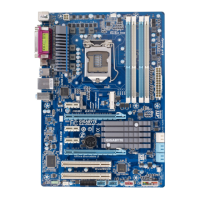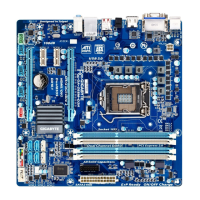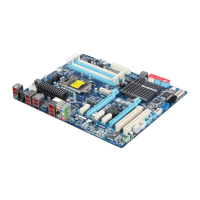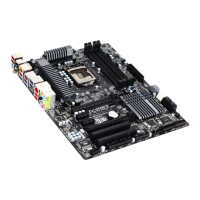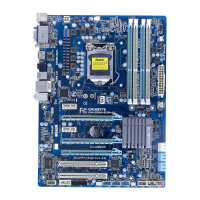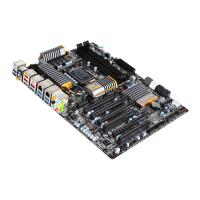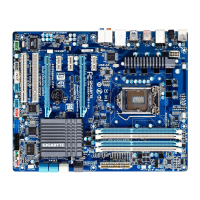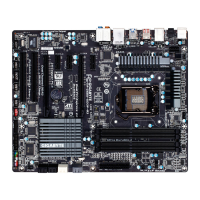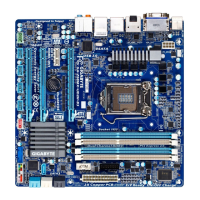- 85 - Appendix
A. Installing Windows 7/Vista
As Windows 7 and Vista already include Intel SATA RAID/AHCI driver, you do not need to install separate
RAID/AHCI driver during the Windows installation process. After the operating system is installed, we recom-
mend that you install all required drivers from the motherboard driver disk using "Xpress Install" to ensure
system performance and compatibility.
5-1-2 Installing the SATA RAID/AHCI Driver and Operating System
With the correct BIOS settings, you are ready to install Windows 7/Vista/XP.
B. Installing Windows XP
BeforeinstallingWindowsXP,connectaUSBoppydiskdrivetoyourcomputerrstbecauseyouneedtoin-
stalltheSATARAID/AHCIdriverfromaoppydiskthatcontainsthedriverduringtheOSinstallation.Without
the driver, the hard drive(s) may not be recognized during the Windows setup process. First, copy the driver
fromthemotherboarddriverdisktoaoppydisk.Refertothemethodsbelow.
Method A:
• FortheIntelZ68,copyalllesinthe\BootDrv\iRST\32Bitfoldertoyouroppydisk.ToinstallWindows
64-Bit,copythelesinthe64Bit folder.
Method B:
Steps:
1: Use an alternative system and insert the motherboard driver disk.
2: From your optical drive folder, double click the Menu.exeleintheBootDrv folder. A Command Prompt
window will open similar to that in Figure 1.
3: Inserttheblankformatteddisk(ifyou'reusingaUSBoppydiskdrive,makesureitisdesignatedasdrive
A). Select the controller driver by pressing the corresponding letter from the menu and press <Enter>. For
example, from the menu in Figure 1,
• For the Intel Z68, select 8) Intel Rapid Storage driver for 32bit system for Windows XP 32-bit op-
erating system.
Yoursystemwillthenautomaticallycopythedriverlestotheoppydisk.Pressanykeytoexitwhennished.
Figure 1
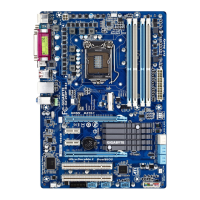
